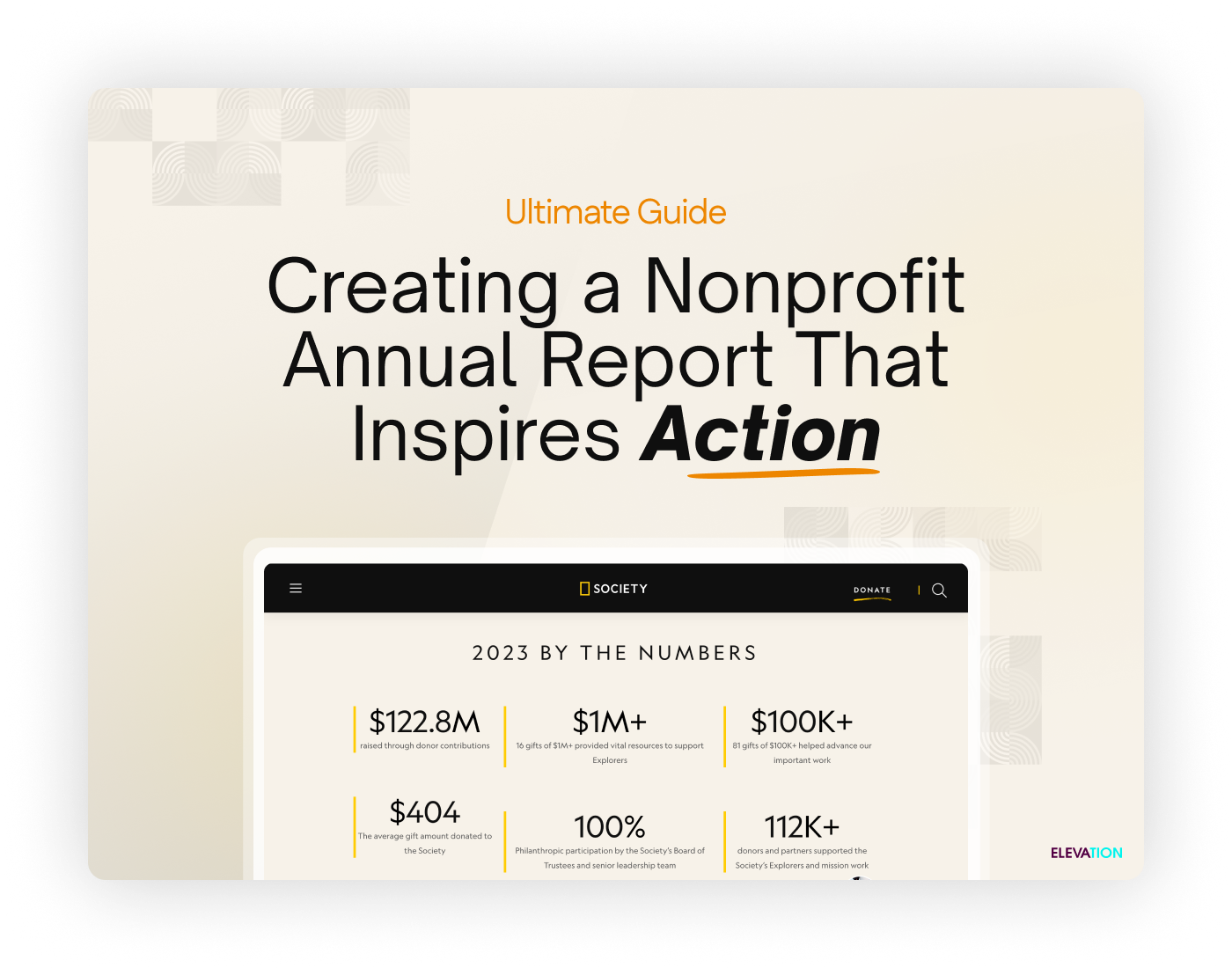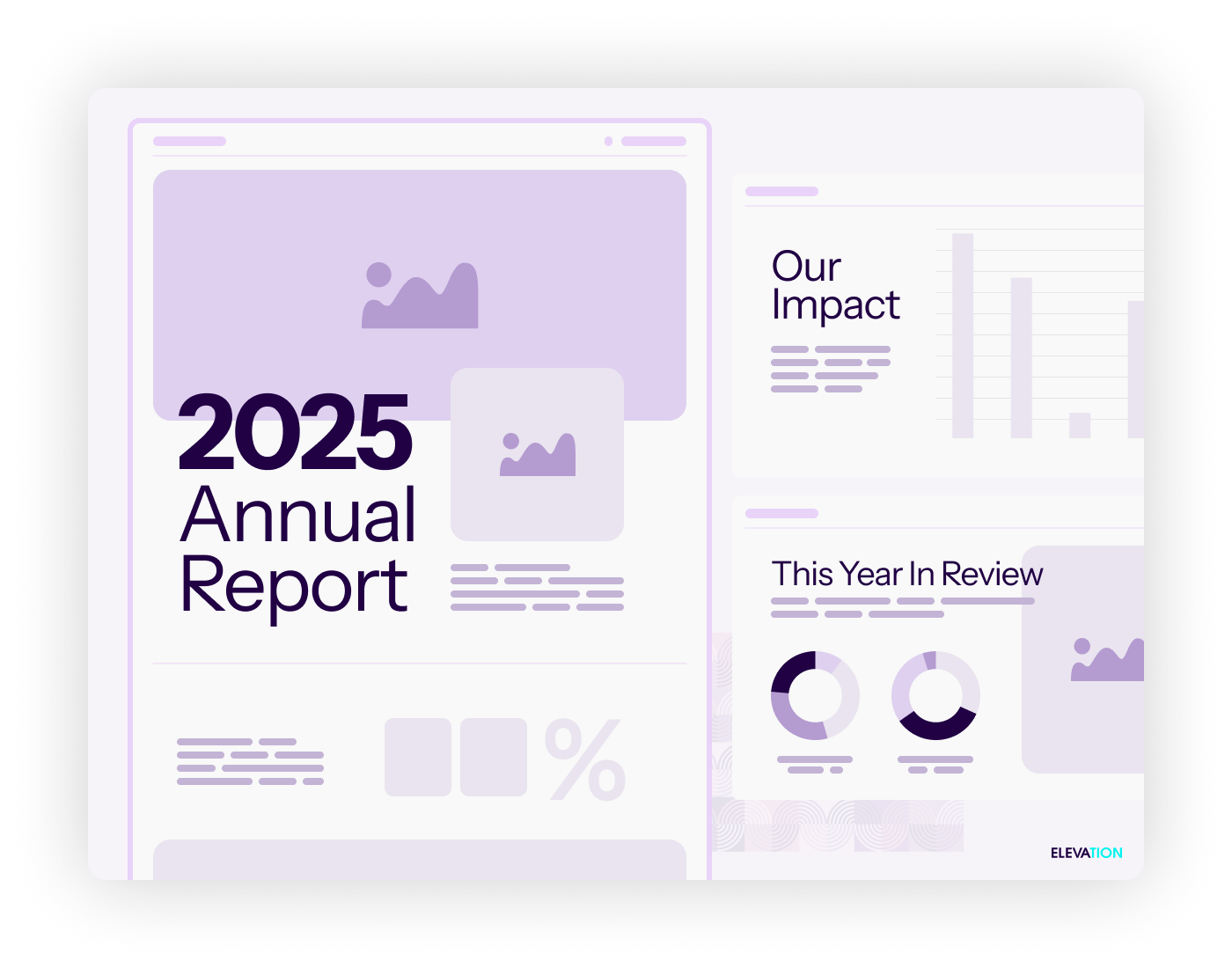Did you capture more online donations in 2017 than you did in 2016? If so, then you’re in good company. In fact, online fundraising continues to grow exponentially from year to year. In 2016, over 7% of all nonprofit revenue was a result of online giving. That’s huge!
And guess what? It’s a trend that’s expected to increase in the future. Whether you prefer email fundraising, online peer-to-peer campaigns, social media-powered drives, or all of the above, it’s crucial to start formulating a robust online fundraising plan that caters to your online audience ASAP so you can meet donors where they are—online.
One great way to consistently capture online donations is through a donation page. This fundraising tool, which is sometimes an offshoot of your nonprofit’s official website, is the first place many first-time and recurring donors go to make a gift any day of the year. A quick Google search or a link on your social media profile can instantly transfer a prospective donor to your donation page, where they can complete the donation process.
The benefits of a donation page are substantial, but that’s only if your donation page doesn’t turn supporters off. You see, a donation page that isn’t optimized to appeal to your audience (and make the process of giving “easy”) isn’t going to convert your page visitors into donors. Don’t lose your donors before they have a chance to give. Instead, remedy these common donation page problems before it’s too late!
There’s No Consistency
You’d think that a donation page created directly on your website would naturally maintain the same look, right? But that’s not always the case. Take a look at your donation page and ask yourself:
- Is there a logo or branding similarities, so donors know they’re giving to your organization?
- Does your third-party payment processor transfer your donor to an entirely separate website that includes their branding, not yours?
All too often, nonprofits overlook the design of a donation page. However, you should create it to look like the rest of your website and other marketing materials, including using your logo and brand-specific color scheme.
If your donors can’t immediately tell your donation page is YOURS, they may get confused and not follow through with the payment.
Action Step: Add your logo and maintain consistent branding on your donation page.
Too Many Fields to Fill
You’re eager to capture those donations, but you also must learn about your donors to help with engagement and retention efforts down the road. It’s only natural to want to pump your donation form up with questions to help facilitate this relationship building.
But please, don’t do it.
When a donor has too many unnecessary fields to fill, they may feel inclined to leave your page because it seems like too much work to them. That’s especially the case if they’re donating on a mobile device. Tiny screen and the “fat finger” + a 50 question donation form asking about communication preferences, education, and even a donor’s birthdate is overkill.
Do yourself and your donor a favor and save these questions for another day.
Action Step: Keep the required fields down to the bare minimum, including name, gift amount, email address, physical address, and payment information.
Distractions
Distraction-filled donation pages are also a big no-no.
Think about it like this: your donor made it all the way to your donation page. Whether they had to do an online search to make it to this page, or they found it on their own, they came with the intention of giving. The last thing you want to do is distract them from the task-at-hand.
Distractions such as links to other web pages, extra text, a powerful nonprofit story or too many images can wait for another time.
Action Step: Keep your donation page simple and straightforward. Save stories and links for your donation receipt or donation completion page.
No Mention of Impact
Understanding the impact of a particular donation amount helps give donors a clear picture of how they’re helping to make positive change. But how do you educate your donor about the impact of their gift without clogging your donation page?
Use donation tiers as a way to address impact without creating a distraction. Give your donors a few pre-populated gift amount and the intended impact of that gift. For example, “$50 provides 100 meals to families in need,” “$150 provides 300 meals to families in need,” etc.
Donation pages should be an essential part of your online fundraising plan. But before you go creating a default page, think about the donor experience.
- Is it easy for your donor to access the page?
- Are the fields simple? Are there too many distractions?
- Are you conveying impact without distracting your donor?
Then, get to work perfecting your donation page so donors can easily and effectively contribute to your organization’s meaningful work.
If you want to learn more about donation pages, nonprofit web design and digital fundraising, watch our webinar with Noah.



